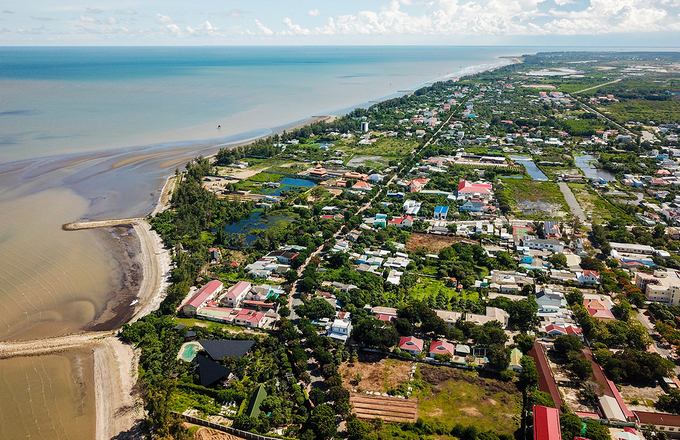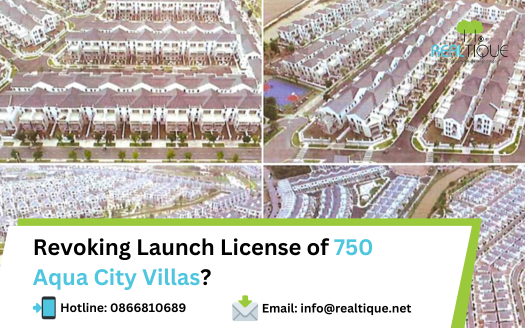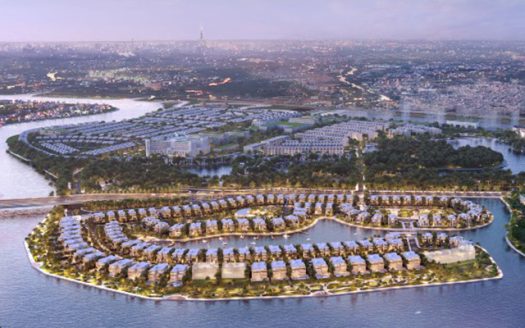Development orientation to the city of Binh Chanh, Can Gio & Cu Chi
In line with the Resolution of the 11th Ho Chi Minh City Party Congress for the 2020-2025 term, according to the HCMC Home Affairs Department, Hoc Mon, Binh Chanh, Nha Be, Cu Chi and Can Gio are mainly in located at the gateway to the city, connecting the provinces of the East and the Southwest.
In recent years, these localities have rapidly urbanized, many urban areas, infrastructures and highways have been formed, people’s intellectual level and urban lifestyle have been developed and are not much different with urban districts.
Therefore, it is necessary to invest in building administrative units of districts or cities, and to convert communes and townships into wards.
Binh Chanh, Can Gio, Cu Chi are all oriented to develop into a city in the coming period, not into districts like Nha Be and Hoc Mon.
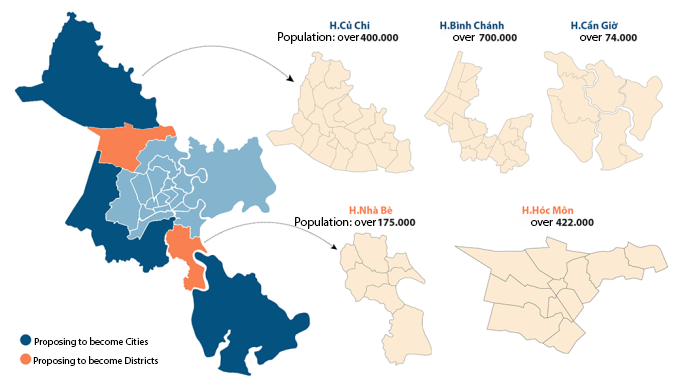
5 areas in HCMC want to convert to cities and districts. Graphics: Khanh Hoang
Out of the 5 suburban areas, Binh Chanh is the locality that meets the most criteria to go to the district with 26/30, Can Gio with 19/30, according to the plan developing areas to districts (or cities in Ho Chi Minh City), period 2021-2030, issued by the City People’s Committee in January.
Secretary of Binh Chanh Party Committee Tran Van Nam said the model of local government according to administrative units of commune is no longer suitable for the speed of urbanization and the socio-economic development of Binh Chanh, so it has set a target to become the city by 2025.
According to Mr. Nam, Binh Chanh is located at the gateway, the third largest in the city (after Can Gio and Cu Chi). However, the urbanization rate is not balanced, while Binh Hung commune develops houses very quickly, Binh Loi commune is purely agricultural.
To realize the goal of going to the city, Binh Chanh Secretary said it needs to innovate its management method, focus on supporting businesses and improve the capacity of officials and employees. The locality will focus on solving problems of businesses, problems of the residents, especially in the field of real estate…
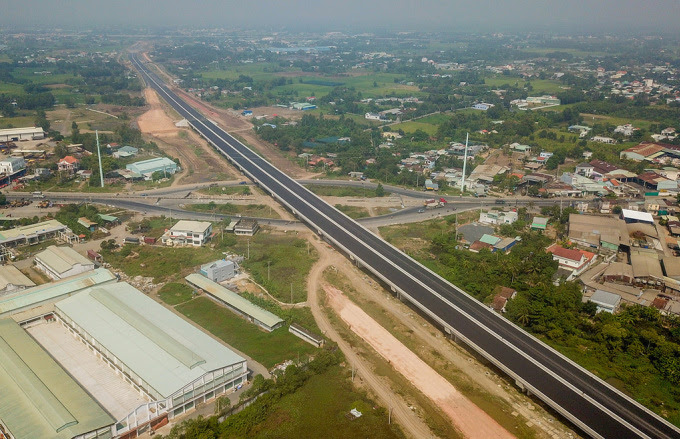
A corner of Binh Chanh, to the west of Ho Chi Minh City. Photo: Quynh Tran
Meanwhile, talking about the development orientation of Cu Chi, Secretary of the Party Committee Nguyen Quyet Thang said this locality will develop in the direction of an ecological urban area, which is a city directly under Ho Chi Minh City, not a district. Cu Chi will counterbalance Can Gio, two ecological cities.
According to Mr. Thang, going to city, Cu Chi will not give up agricultural land. This locality has land resources combined with externally mobilized resources to develop towards a smart city, ecology, industrial development and high-tech agriculture.
Similarly, the orientation of Ho Chi Minh City to 2030, Can Gio will develop into an ecological and tourist resort city. It is coordinating with other departments to develop projects, collect ideas from scientists to complete and determine an investment roadmap.
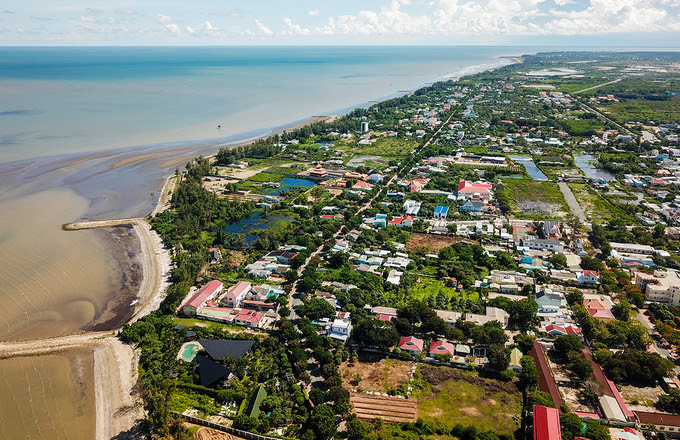
Can Thanh town area in Can Gio, July 2020. Photo: Quynh Tran
Referring to the issue that many areas want to go to the city, Dr. Ngo Viet Nam Son said there is a tendency for areas to want to become cities because “it is easier comparing become to districts”. However, for a locality that is not eligible to become district, it should not become the city. “This is not an urgent matter and HCMC should not ‘force’ it because there are specific criteria for this,” said Mr. Son.
According to Mr. Son, all localities become districts, which will accelerate urban development, not necessarily good for HCMC. Because agriculture is not only rice production, but also ornamental plants, green vegetables… supplying more than 10 million people in the city. Not to mention, in the inner city, green space is only 0.5 m2 per person. Becoming districts or cities are hastily concreting, which will affect the environment.
Experts in the field of urban planning also said in the issue of areas to cities, the biggest beneficiary is not the people but real estate projects.
When becoming the city, the real estate projects there increase in price, people’s opportunity to own housing will be more difficult.
“Thu Duc city has been in the city for more than a year, land prices are very high, but the economy has not flourished and contributed much to Ho Chi Minh City as expected”, Mr. Son said.
Once many areas becoming cities, infrastructure investment capital will be needed, in the context of Ho Chi Minh City’s budget is lacking.
Meanwhile, Mr. Le Hoang Chau, Chairman of Ho Chi Minh City Real Estate Association (Horea), said the city has a mechanism to implement urban government, so it is not a matter of having a city under it.
The establishment of affiliated cities is essential to expand population and adapt to climate change and sea level rise when these places have high terrain.
According to Mr. Chau, the city has different criteria than the district. Therefore, when moving to the city, the locality can proactively target orientations, specific urbanization levels, promote land efficiency, improve people’s quality of life and urban appearance.
However, in order for cities to be effective, a breakthrough mechanism is needed to attract infrastructure investment, exploit land funds, develop health care, education… commensurately.
For example, new cities will be authorized to issue red books to people and businesses without going through the Department of Natural Resources and Environment.
The chairman of the Real Estate Association of Ho Chi Minh City said the head of the city in transition should be given more authority to decide on the budget, appoint officials… compared to the powers of the presidents of the districts.
As Thu Duc City is currently just a “super-district”, does not have its own policy to actively develop.
Realtique Co., LTD
+84866810689 (Whatsapp/Viber/Zalo/Wechat)


